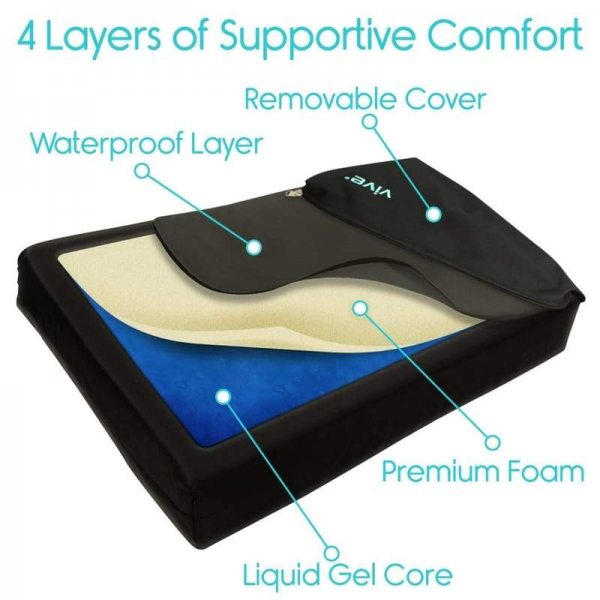- Community
-
Programs
- Schools
-
Careers
- RN Specialties
- Best RN Jobs and Salaries
- Aesthetic Nurse
- Nursing Informatics
- Nurse Case Manager
- NICU Nurse
- Forensic Nurse
- Labor and Delivery Nurse
- Psychiatric Nurse
- Pediatric Nurse
- Travel Nurse
- Telemetry Nurse
- Dermatology Nurse
- Nurse Practitioner
- Best NP Jobs and Salaries
- Family NP (FNP)
- Pediatric NP
- Neonatal NP
- Oncology NP
- Acute Care NP
- Aesthetic NP
- Women's Health NP
- Adult-Gerontology NP
- Orthopedic NP
- Emergency NP
- Psychiatric-Mental Health NP (PMHNP)
- APRN
- Nurse Educator
- Nurse Administrator
- Certified Nurse Midwife (CNM)
- Clinical Nurse Specialist (CNS)
- Certified Registered Nurse Anesthetist (CRNA)
- Resources
- Education




Kitiger, RN
1,834 Posts
The person - who cannot walk - has red areas on his buttocks that correspond to the ischial tuberosities, the "sit bones". One site has skin breakdown, which we are treating. Sitting should be restricted, but the family wants him up in the chair at least part of the time. The wheelchair has a Tilt-In-Space function, so I can tip him back to let his back take some of the weight. I have also padded the seat of the wheelchair to put most of his weight on his thighs, and less pressure on the sacrum and "sit bones".
He is unable to reposition himself, and is dependent for all ADLs.
We have a referral to a company that specializes in equipment and furniture for positioning patients and preventing pressure sores. I have foam pieces under his thighs, but not under his buttocks. What else can I do?
This is my first experience with this exact problem, and I've been a nurse for 42 years, working private duty in the homes since 1987. Crazy, huh?